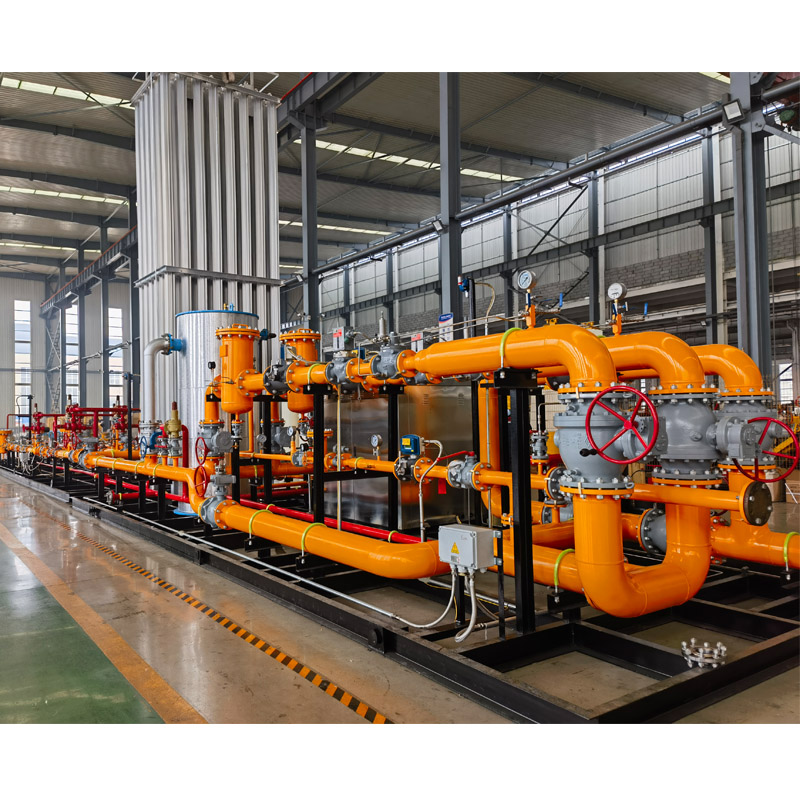
Dec . 07, 2024 02:10
Back to list
gas pressure reducing valve
Understanding Gas Pressure Reducing Valves
In various industrial and residential applications, maintaining appropriate gas pressure is crucial for safety, efficiency, and functionality. One of the critical components used to regulate and maintain safe gas pressure levels is the gas pressure reducing valve (PRV). These valves play a pivotal role in ensuring that gas systems operate smoothly and reliably, preventing excessive pressure that could lead to system failures or hazards. In this article, we delve into the workings, applications, types, and importance of gas pressure reducing valves.
What is a Gas Pressure Reducing Valve?
A gas pressure reducing valve is a mechanical device designed to maintain a desired outlet pressure, regardless of variations in the inlet pressure. The primary function of the PRV is to reduce the pressure of gas entering a system to a safer and more manageable level, suitable for various applications. Commonly found in pipelines, industrial gas systems, and residential gas appliances, these valves ensure that gas is delivered safely and efficiently.
How Does a Gas Pressure Reducing Valve Work?
The operation of a gas pressure reducing valve is relatively straightforward. When high-pressure gas enters the valve, it encounters a diaphragm that senses the outlet pressure. If the outlet pressure exceeds the preset level, the diaphragm moves to close the valve, reducing the flow of gas. Conversely, if the pressure drops, the diaphragm opens the valve, allowing more gas to flow. This continuous adjustment guarantees a constant outlet pressure, compensating for changes in the inlet pressure or fluctuations in demand downstream.
A pressure regulator typically includes several key components
1. Diaphragm A flexible membrane that responds to pressure changes, dictating the opening and closing of the valve. 2. Spring Works in conjunction with the diaphragm to set the desired outlet pressure. The spring tension can be adjusted to change the set point. 3. Inlet and Outlet Ports Allow gas to enter and exit the valve, respectively. 4. Adjusting Screw Used to set the desired pressure level, allowing for customization based on specific system requirements.
Applications of Gas Pressure Reducing Valves
gas pressure reducing valve

Gas pressure reducing valves are versatile devices used in numerous applications, including
- Residential Gas Appliances In homes, PRVs regulate the pressure of the gas supplied to stoves, heaters, and dryers, ensuring safe and reliable operation. - Industrial Processes Many manufacturing processes rely on specific gas pressures; PRVs maintain these levels to enhance safety and efficiency. - Natural Gas Distribution Utilities utilize PRVs to control the pressure in gas pipelines, ensuring safe distribution to consumers. - Medical Gas Systems In hospitals, PRVs are essential for delivering gases like oxygen and nitrous oxide at precise pressures to ensure patient safety.
Types of Gas Pressure Reducing Valves
There are several types of gas pressure reducing valves, including
1. Single-Stage Regulators These regulate pressure in one step and are typically used for lower-pressure applications. 2. Two-Stage Regulators These provide a more stable outlet pressure and are ideal for high-pressure systems. They first reduce the pressure in one chamber before letting it pass to a second chamber for further reduction. 3. Digital Regulators Utilizing electronic control, these regulators can monitor and adjust pressures in real-time, providing high levels of accuracy.
Importance of Gas Pressure Reducing Valves
The significance of gas pressure reducing valves cannot be overstated. They enhance safety by preventing over-pressurization, which can lead to leaks, explosions, or equipment damage. By maintaining consistent pressure, PRVs also improve the efficiency and performance of gas appliances and systems. Furthermore, they facilitate compliance with safety regulations, reducing the risk of accidents and ensuring the longevity of gas infrastructure.
Conclusion
Gas pressure reducing valves are integral to the safe and efficient operation of gas systems in various applications. Understanding how they work, their various types, and their critical role in maintaining safe gas pressure helps in appreciating their value in both industrial and residential settings. As technology evolves, further advancements in these valves are anticipated, leading to even greater safety and efficiency in gas pressure management.
Next:
Latest news
-
Safety Valve Spring-Loaded Design Overpressure ProtectionNewsJul.25,2025
-
Precision Voltage Regulator AC5 Accuracy Grade PerformanceNewsJul.25,2025
-
Natural Gas Pressure Regulating Skid Industrial Pipeline ApplicationsNewsJul.25,2025
-
Natural Gas Filter Stainless Steel Mesh Element DesignNewsJul.25,2025
-
Gas Pressure Regulator Valve Direct-Acting Spring-Loaded DesignNewsJul.25,2025
-
Decompression Equipment Multi-Stage Heat Exchange System DesignNewsJul.25,2025

